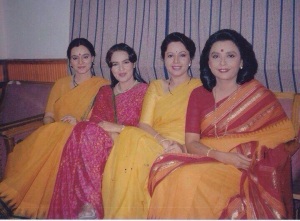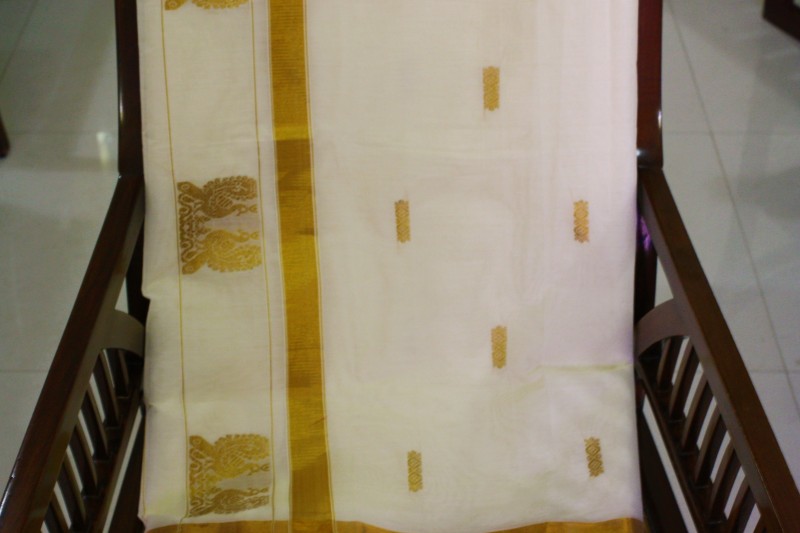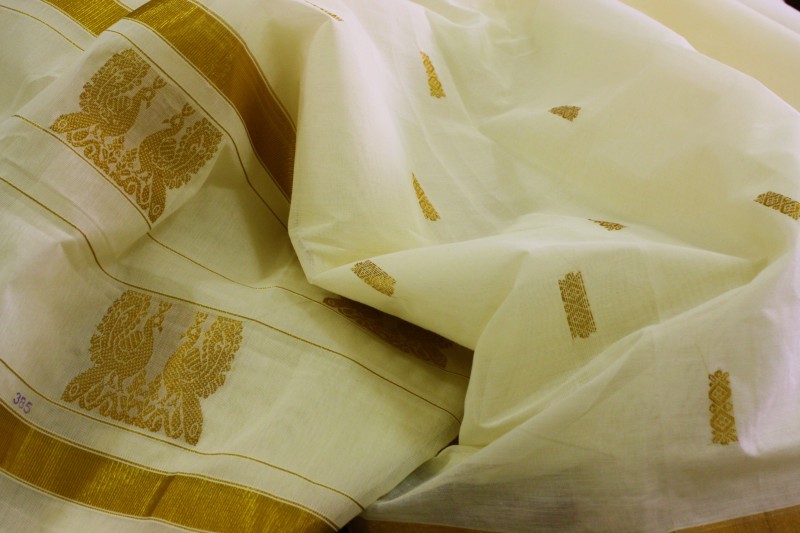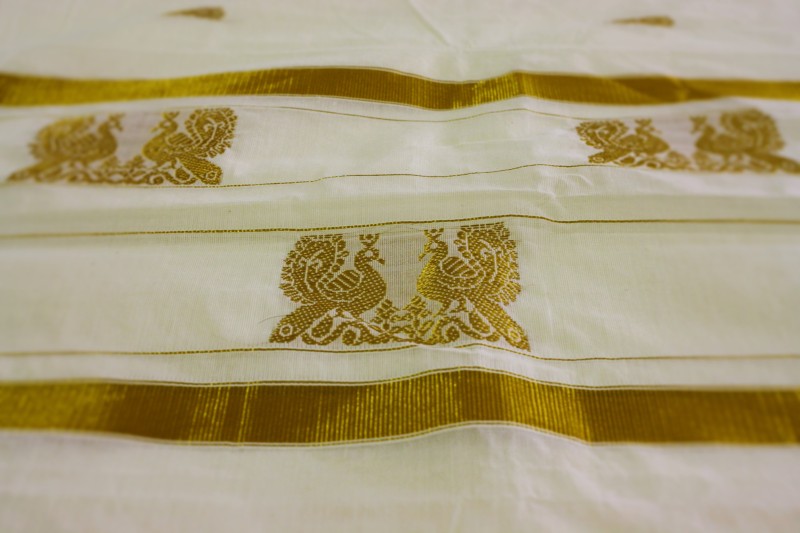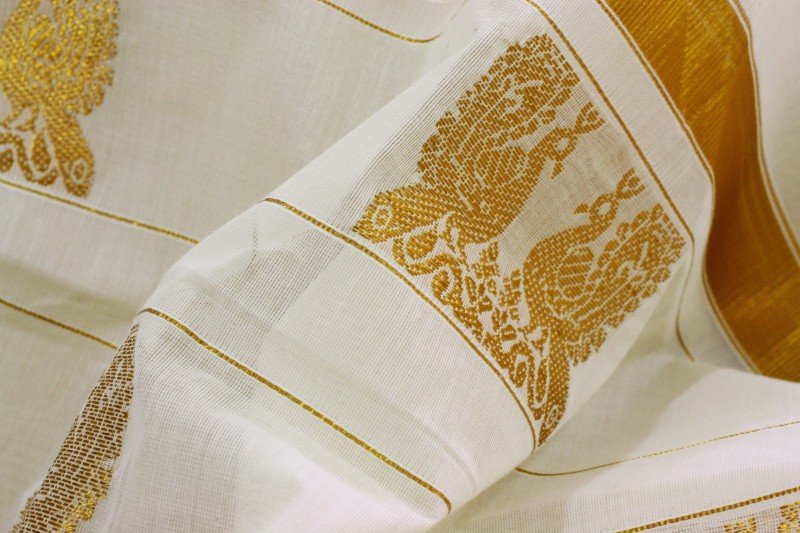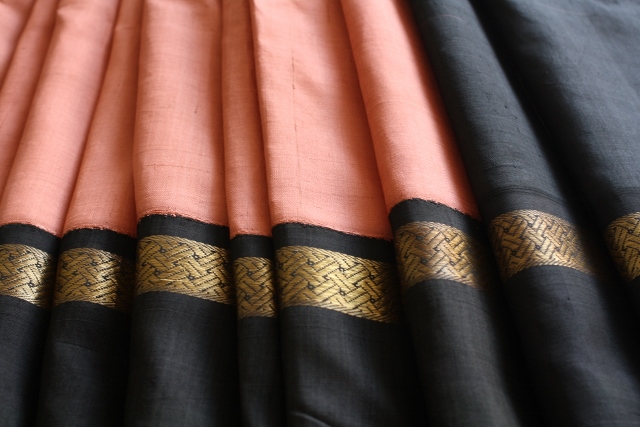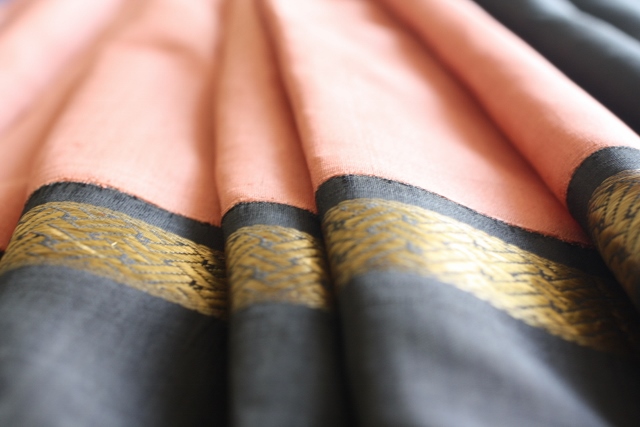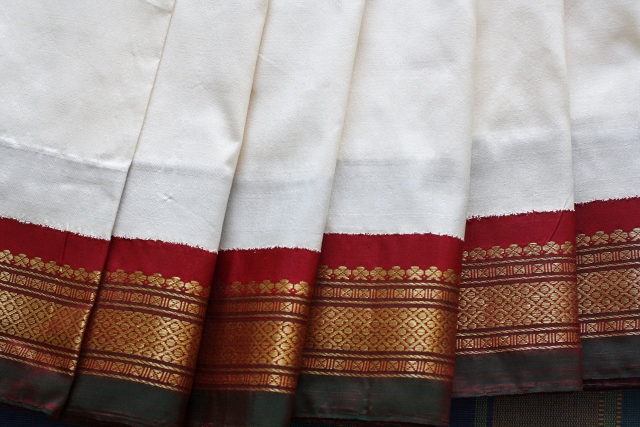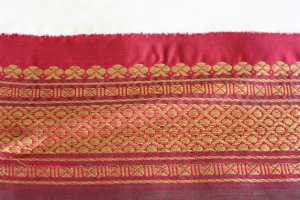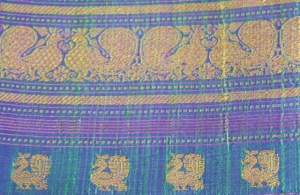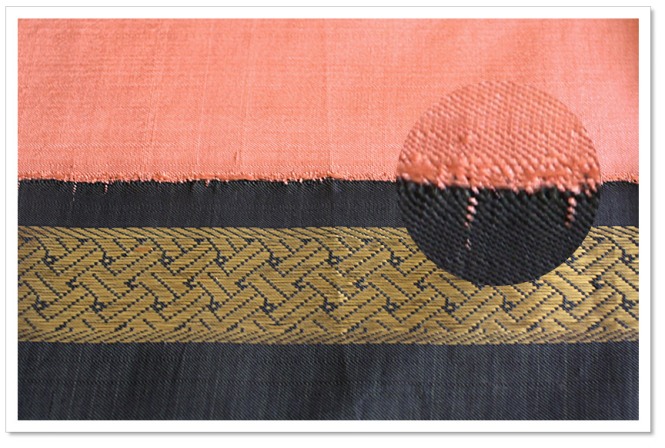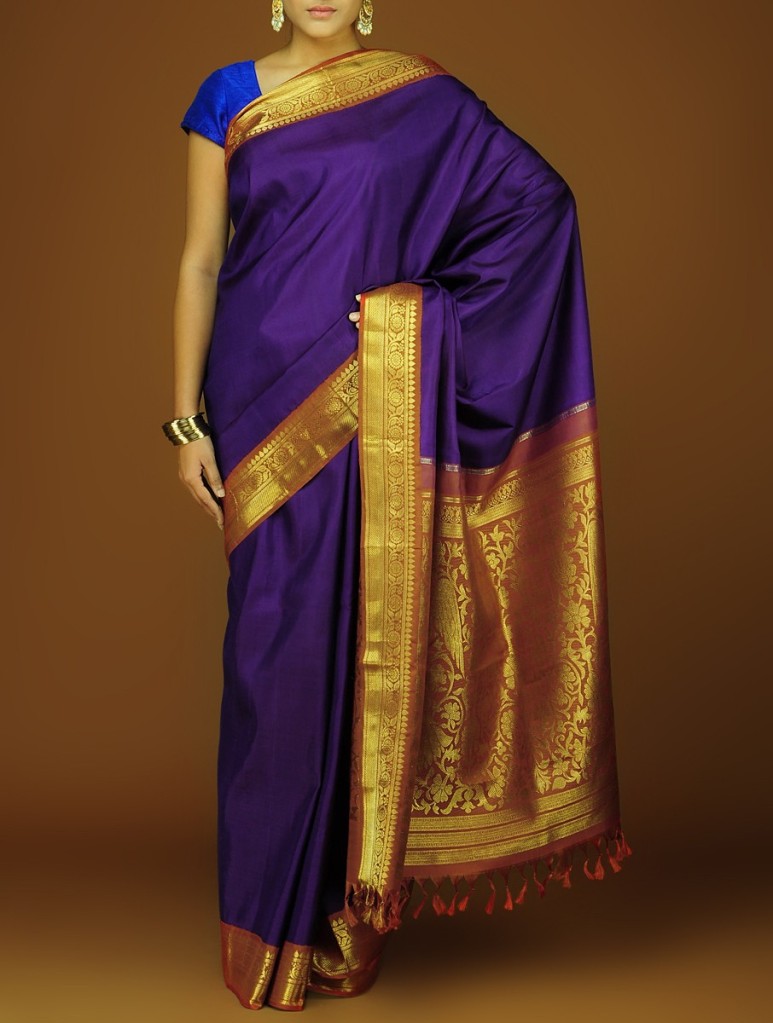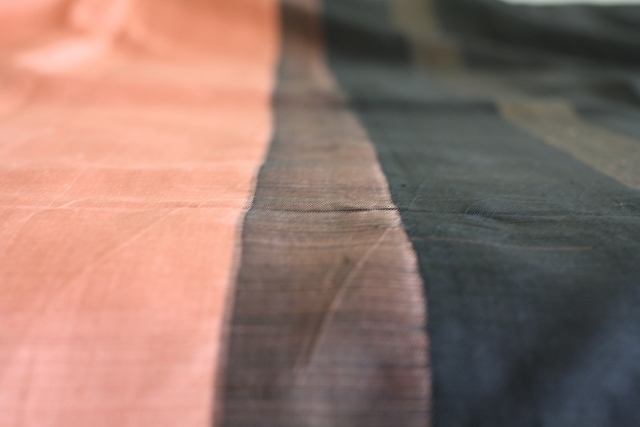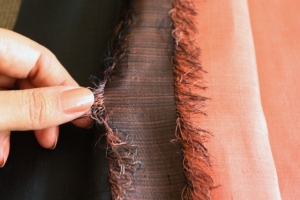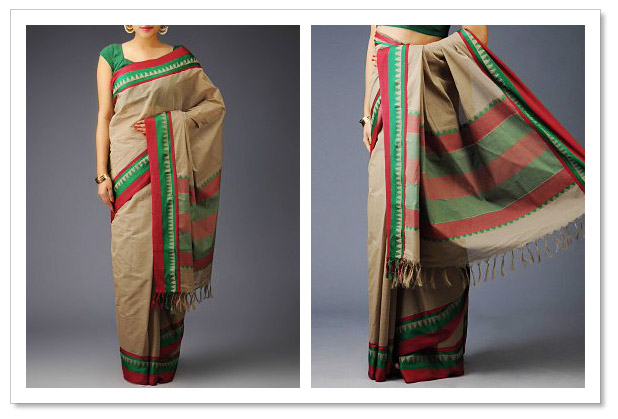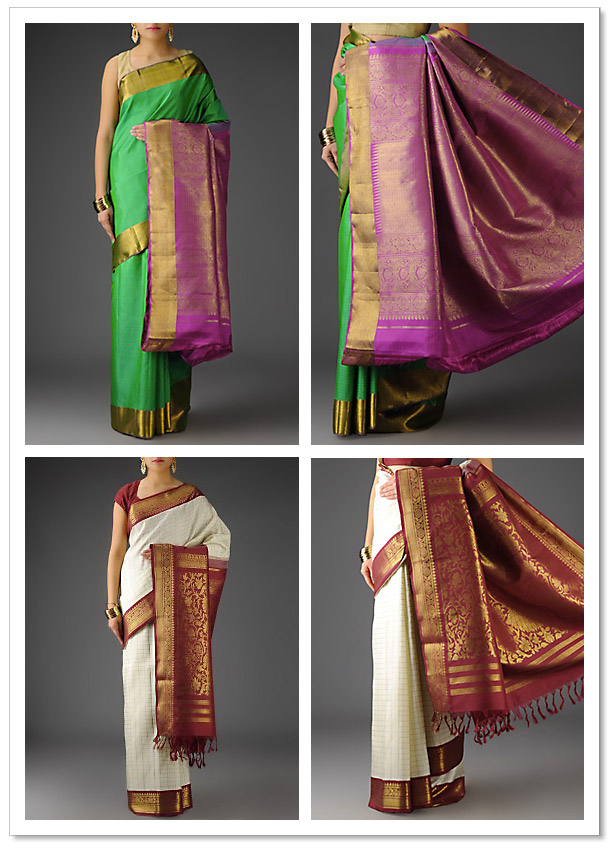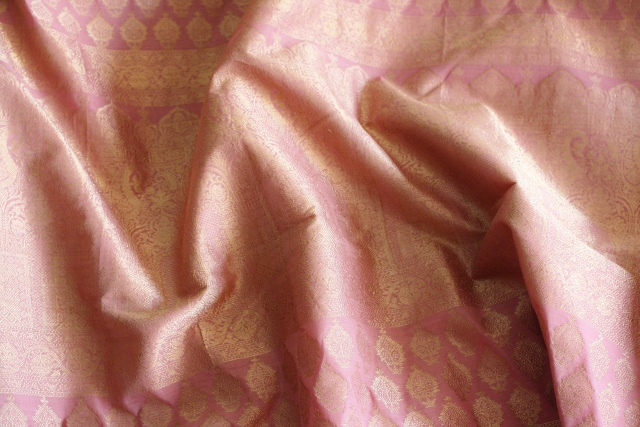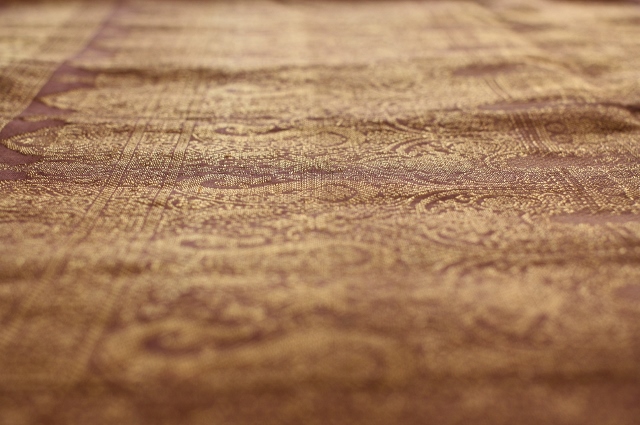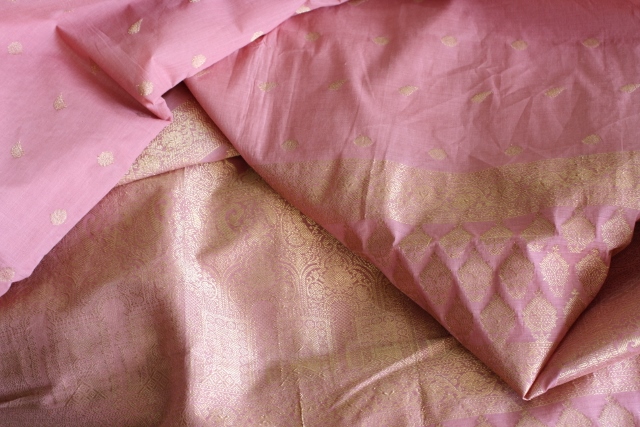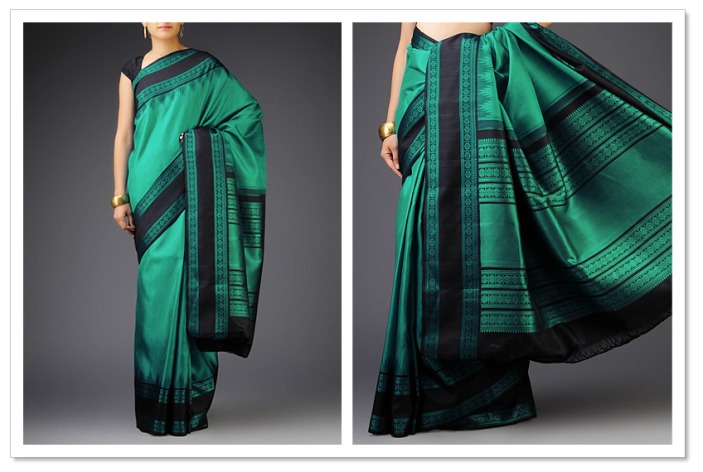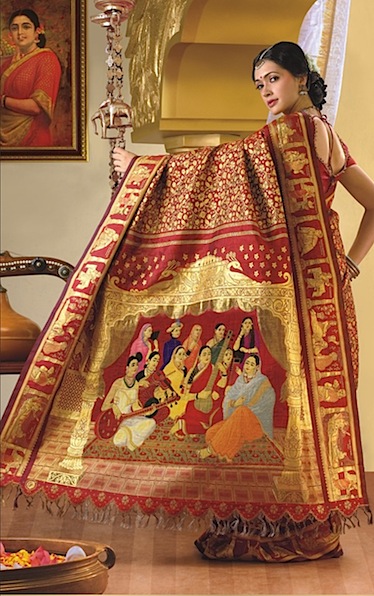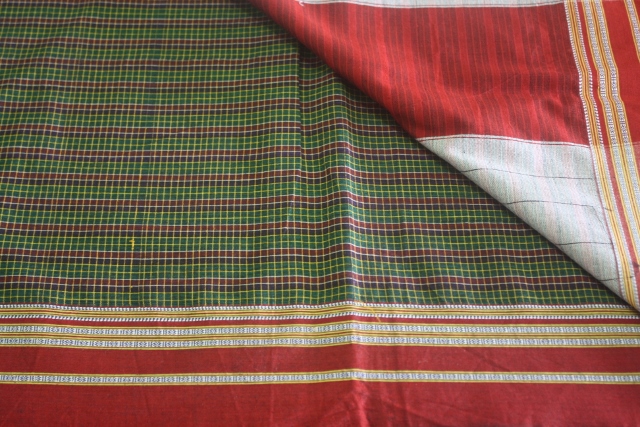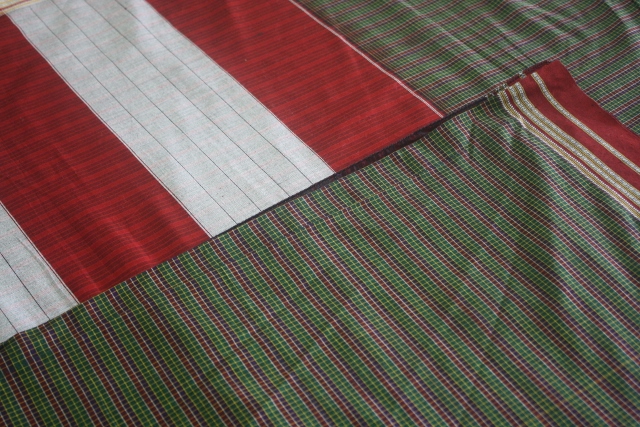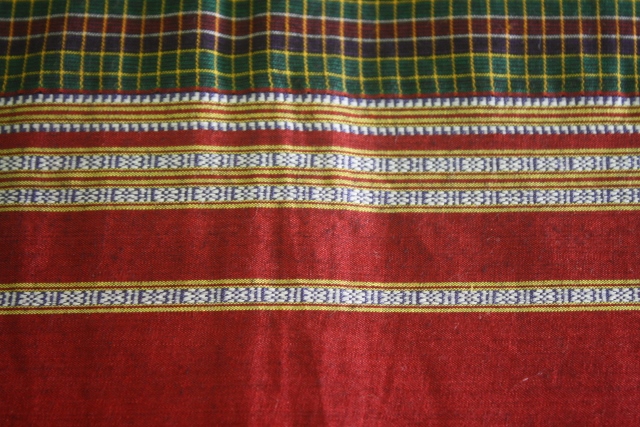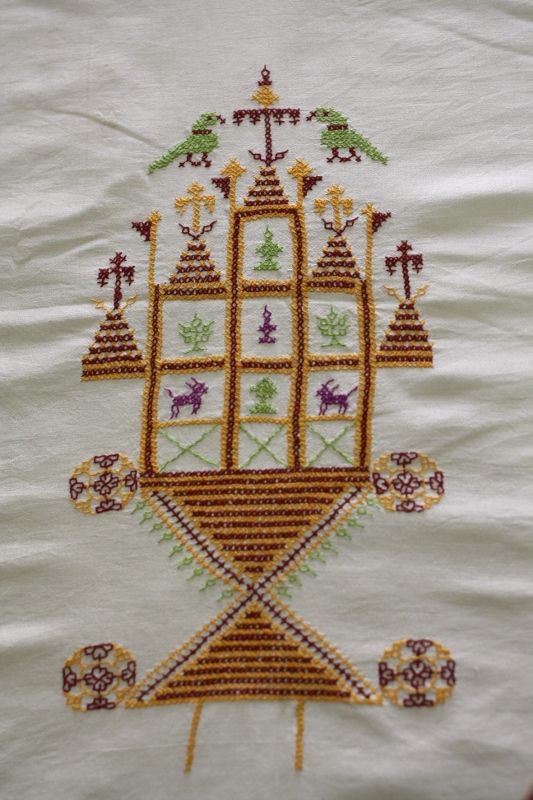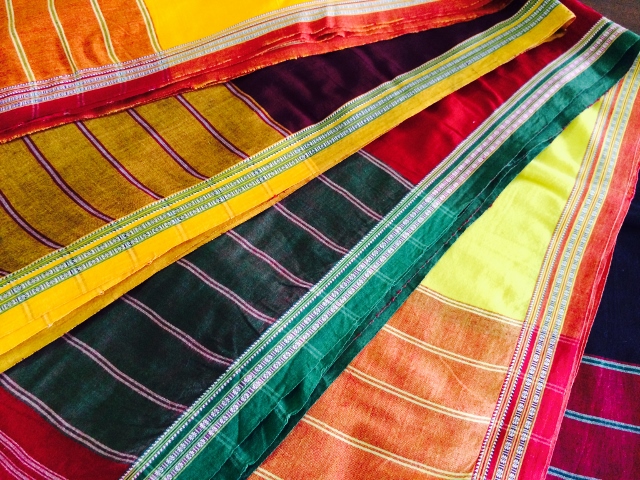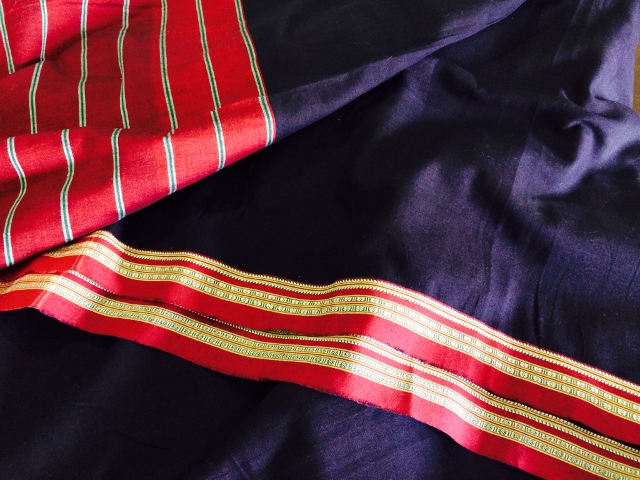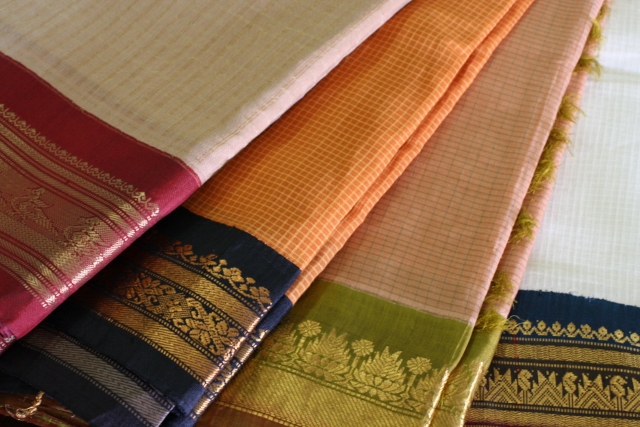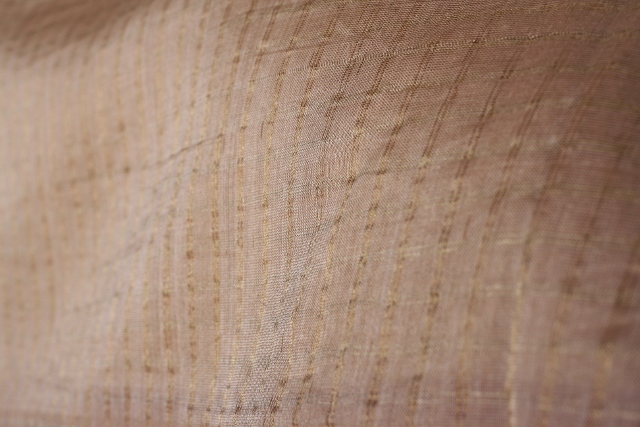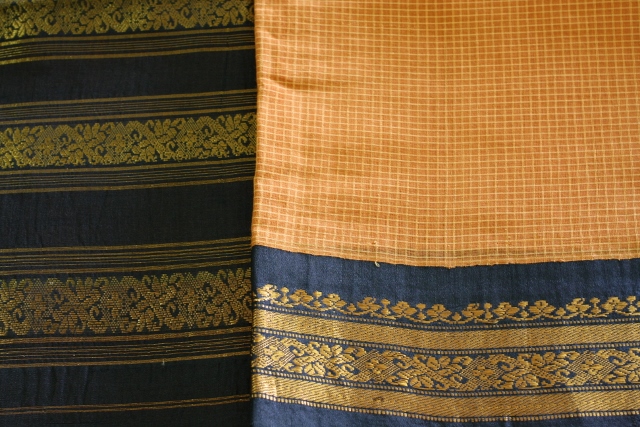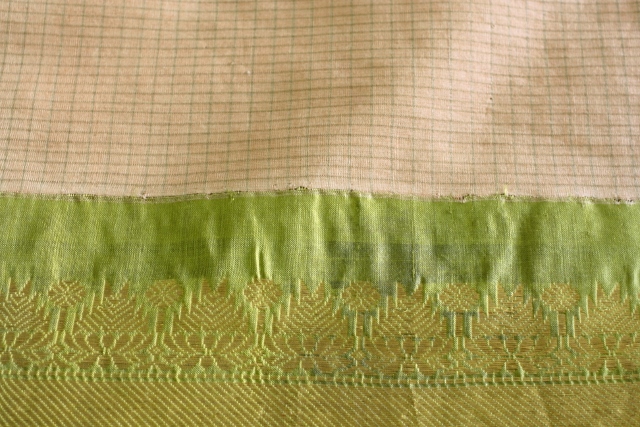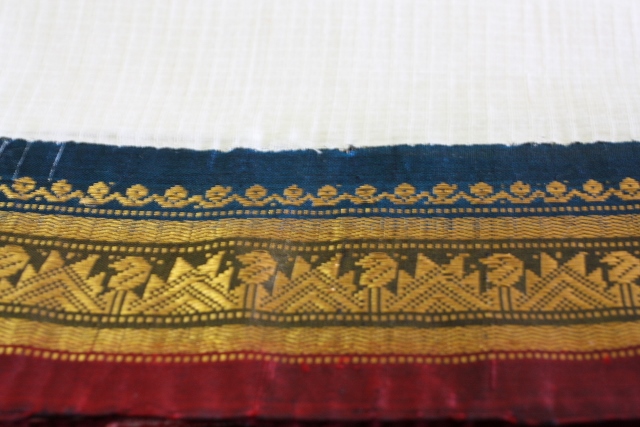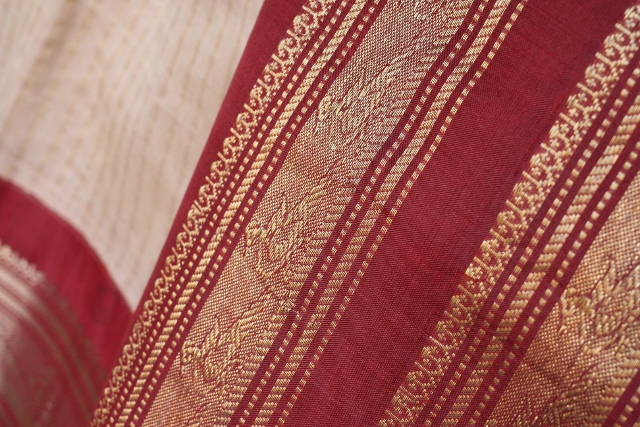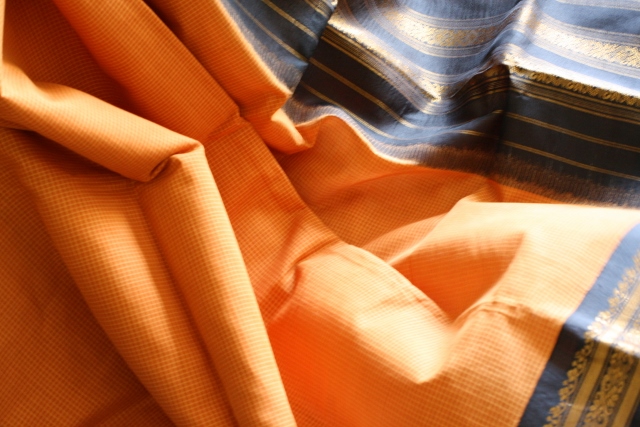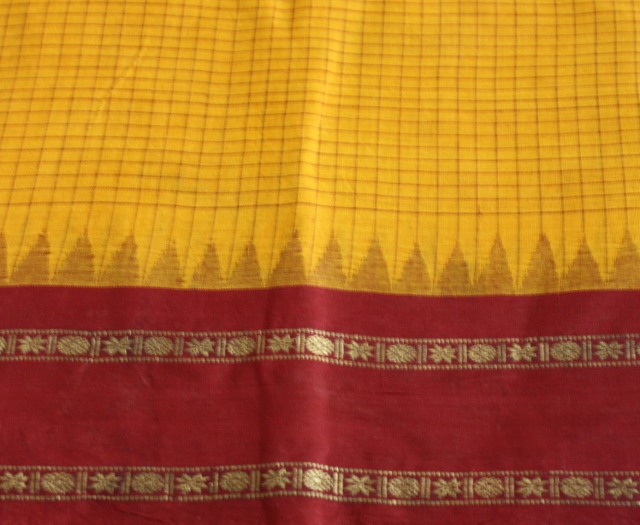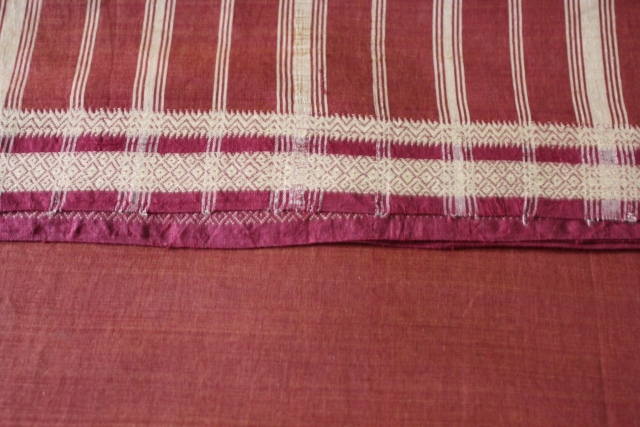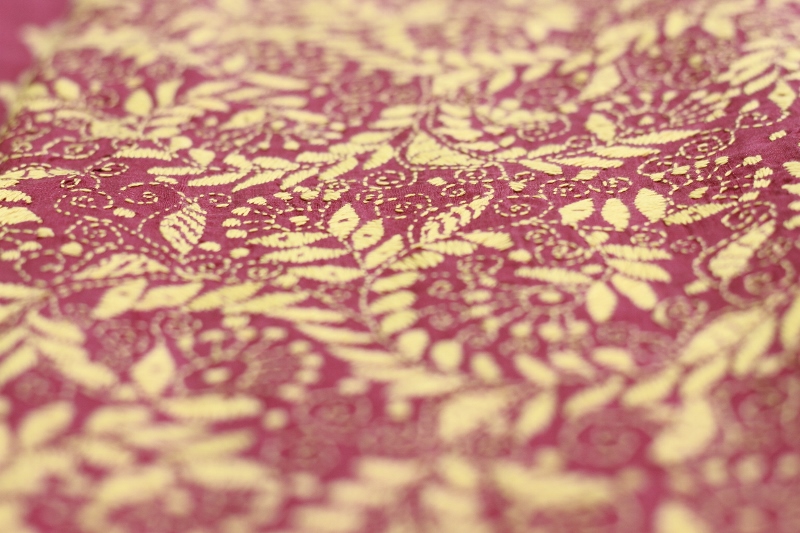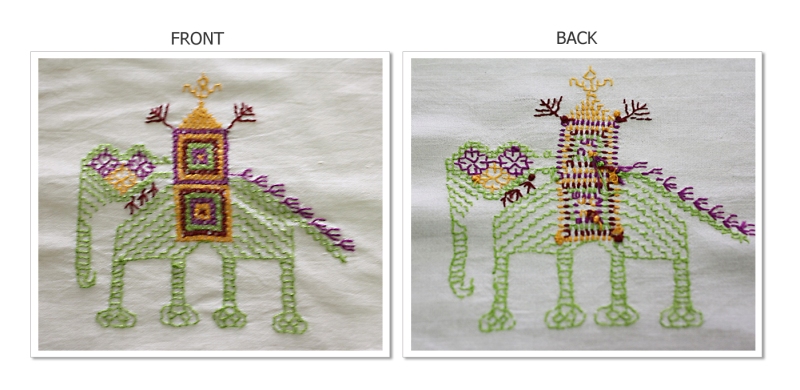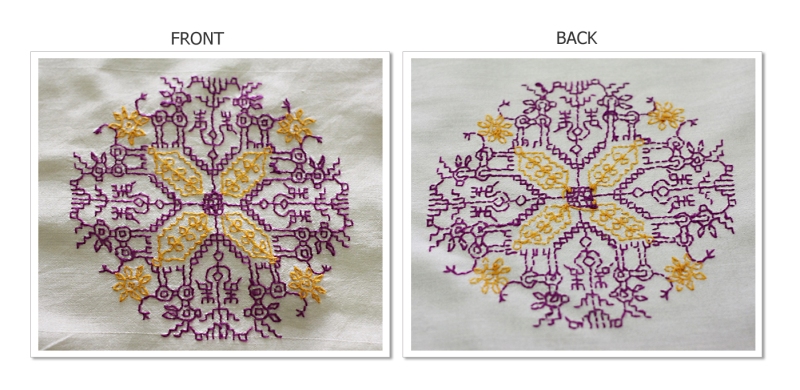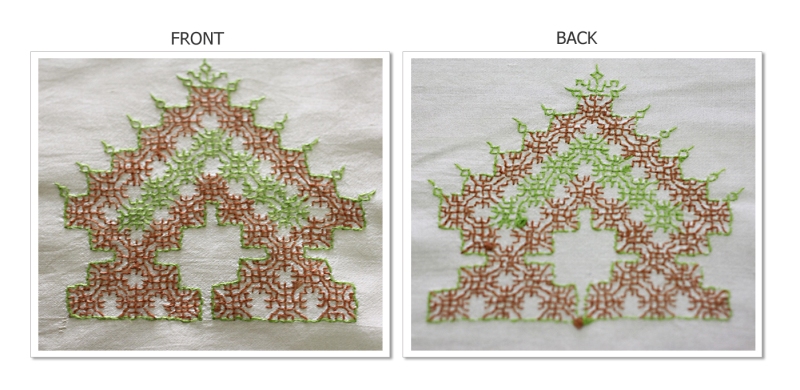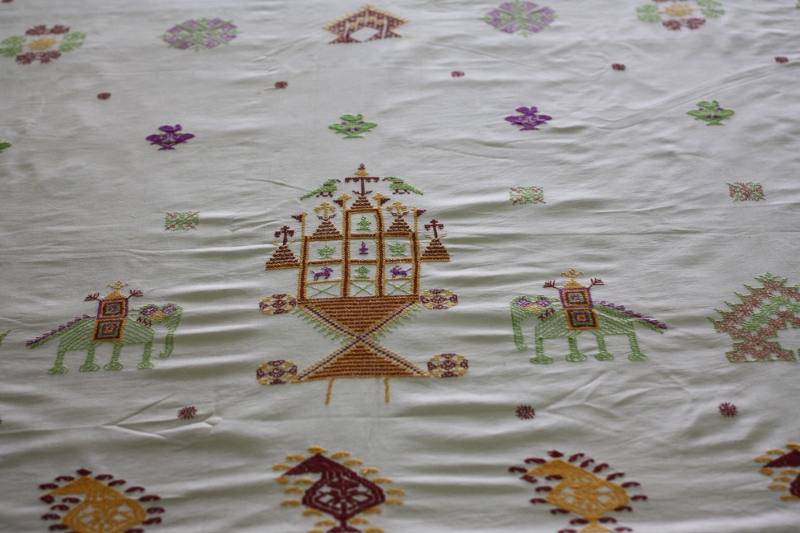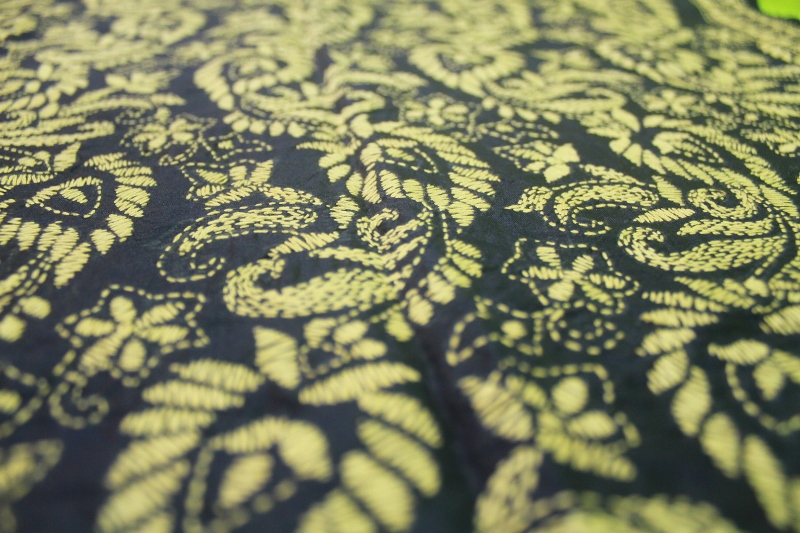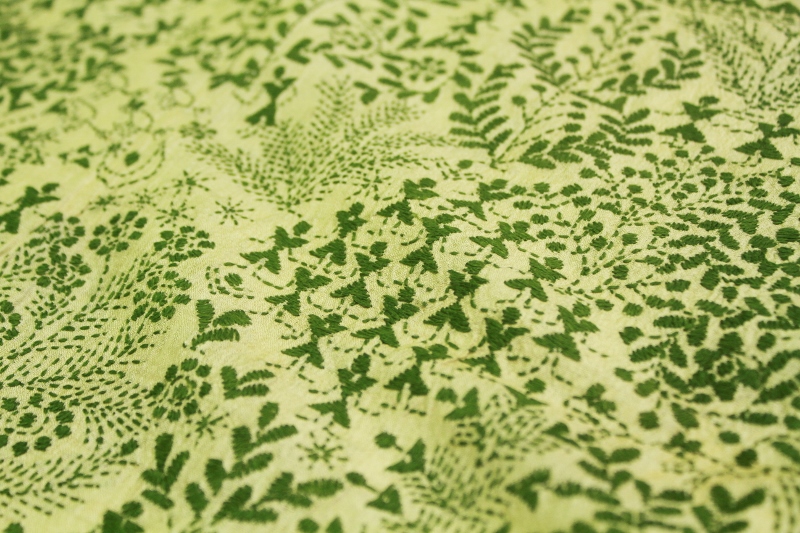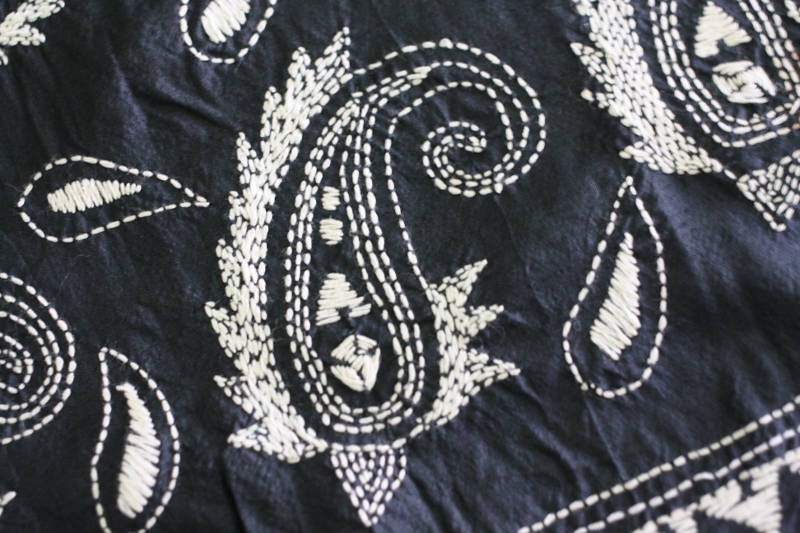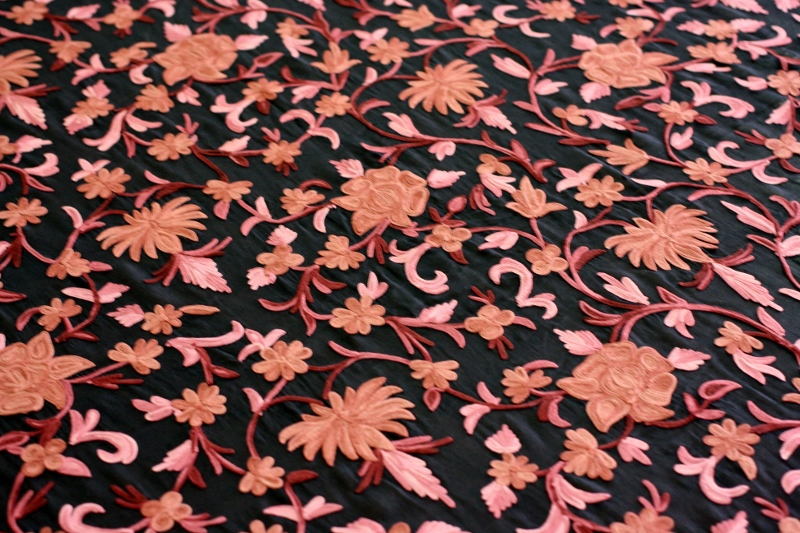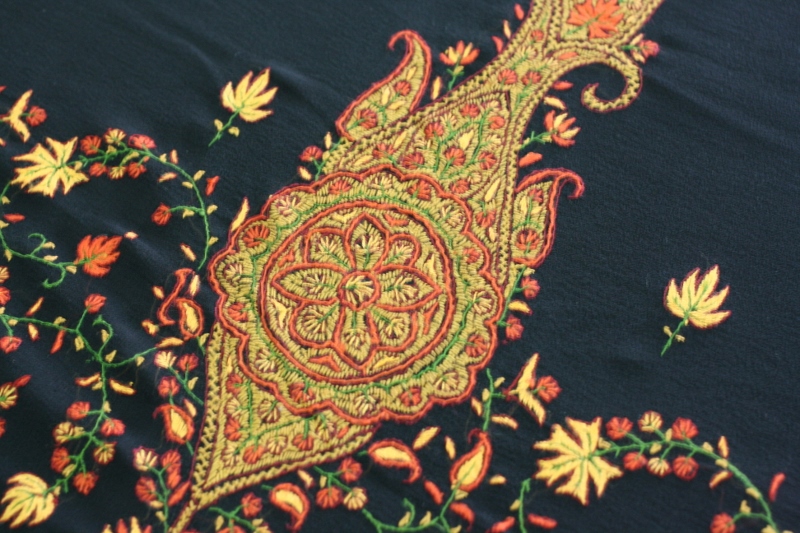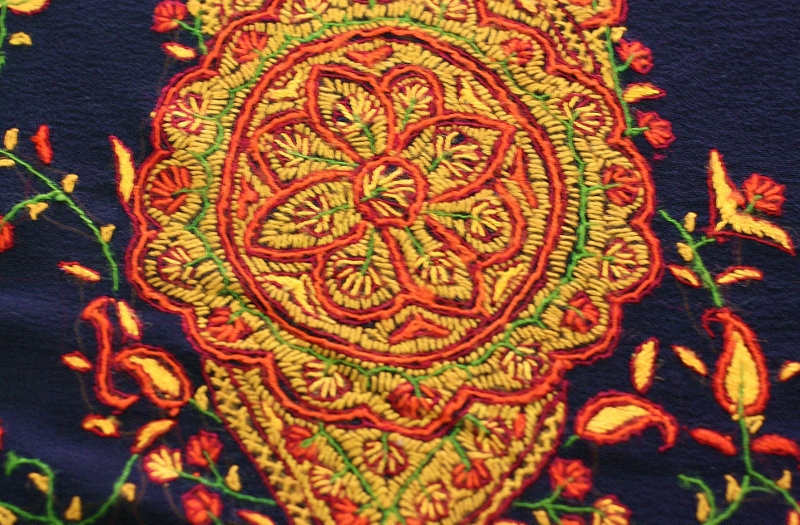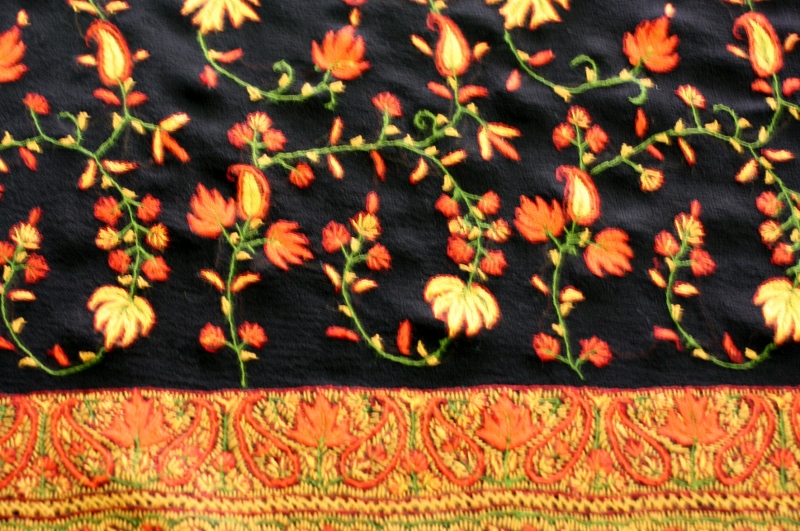There are some days where I feel that this constant preoccupation with the latest trend – whatsapp groups – are not such a bad thing after all. Especially on days when I receive a memory like this:
Well, these lovely ladies were the Hindi and English language newsreaders for our national television, Doordarshan, in the 1980s. The moment I saw the picture, I knew it would go on my saree blog and here it is. Such a precious picture. I don’t know the original source (I tried looking for this on Google) and I do hope I am not in any copyright violation. Anyways, coming back, all of them, as you can see, wore lovely sarees – the kind we call ‘traditional’ today. Each newsreader had her own distinct style of speaking and saree wearing. I loved Salma Sultan. She draped her pallu over her shoulder so it looked like a ‘V’ neck and she wore flowers in her hair. So pretty!
I have an intuitive feeling about the 80s being a golden period for hand woven traditional sarees because everyone wore these sarees. That’s an impression I have perhaps because these were the only sarees that caught my attention. It would not be unusual to find someone wearing a beautiful Ikat silk in a wedding or a Dhakai or a Tangail in a party. I miss this a lot today. Some strange expectations have grown around what is suitable for should be worn for how weddings and parties. Why may I not wear a rich Bhagalpuri or a vibrant Telia Rumal (it’s not really a handkerchief so don’t worry) for a marriage?
And this deep question leads me to introduce the first saree of my post today – yes you’re getting two for the price of one – the lovely Kasavu saree, also called the Kerala saree or the Balarampur saree.
This saree, originally a pure cotton, now also available in silk, is simple to look at, but not quite. Always an off-white, it is sometimes sparsely and sometimes generously embellished with a gold weave. The body of the saree is plain or with gold butis, and the thin or medium thickness border is always gold.
The pallu however may have heavy gold or light gold weaving.
There’s something distinctive about the gold, at least in the more modern Kasavu sarees that one sees nowadays. The gold is a shiny yellow, and never subtle gold like. Sometimes it has a burnt copper-like tarnish but mostly a kind of gold that you know instantly is not pure zari. I think this type of a gold finish is deliberate to keep the saree low in cost and accessible to all. And there is a reason this saree should be accessible to all women because it is a traditional garb required to be worn on special festive and religious days.
But let me tell you something interesting about the origin of the Kasavu saree and its name. In all probability, the predecessor of the Kasavu saree is the mundum neryathum, a two piece garment. The neryath is a garment that drapes the upper body and the mundum is a garment for the lower body. The neryathum itself is a remnant of the ancient Roman-Greco style of draping a cloth across from the right to the left shoulder and left loose, very similar to a pallu. The neryath was usually a white or an off-white simple garment. When this neryath is embellished with a gold border you get a Kasavu saree. To sign off this piece of history an interesting fact – the Kasavu saree is usually worn with brightly colored blouses. Unmarried girls wear a bright green blouse and married women wear a deep, dark red blouse. Wouldn’t it be splendid to wear this saree for a wedding on a warm summery day? So light and yet so rich.
This saree is ubiquitous in Kerala. It would be difficult not to spot one if you were in that region. Easy to identify and popular, it is a popular tourism attraction. If you ever visited Kerala, you would be definitely be persuaded to buy this saree. The Kasavu saree is made in Balarampur, a district in Kerala famous for its sugar mills and hence also sometimes called the Balarampur saree. Make sure you get a hand-woven saree rather than a machine-made one, though I am not sure how you could do that. The saree you see in this post was a gift to me by my aunt-in-law who visited Kerala a few years ago. Knowing how much I love sarees, she gifted this one to me. Blessed! That’s what I am.
I dart off eastward now, to Odisha. Odiya sarees are a mystery I have yet to unravel. Just like all the different sarees of West Bengal are lumped together as ‘Calcutta’ or the ‘Calcuttee’ saree, so are the various sarees of Odisha bunched up as Odiya sarees. Nothing wrong with that except that specific names add so much more to the beauty of the saree, just as your name adds to your beauty. The Odiya beauty that I will write about today, that I would have completely missed had a dear friend not tagged me on her FB post, is the Khandua Patta.
I don’t have a picture, but you can take a look at it here.
The word ‘Khandua’ itself means a garment to cover the lower body. Since I am not supplying you with a picture, allow me to do a detailed explanation of the saree. Found both in cotton and silk, this saree is usually a red or a deep saffron – yes you guessed it – for its significance in religious ceremonies. It is much preferred saree of married women. The border, is styled along the temple motif or is plain and usually a colour that complements the red of saffron body. The most embellished part, the pallu, has amazing motifs that aptly depict the Odiya culture. Apart from traditional motifs like elephants and peacocks, a motif that is truly fascinating is a mythical creature – the ‘navagunjara’ – an animal composed of nine other animals. This mythical beast is considered an avatar of Vishnu. In fact, this creature finds a mention in Odiya Mahabharata.
The Khandua saree is also called the Maniabandi or Kataki saree according to Wikipedia.
If you have read till here, then you will also perhaps want to go bold and break stereotypes by wearing one of these for a wedding or a party. It can only be good for these sarees no? My next post kontinues with K…the last K of this series – the lovely and now elusive type of Tamil Nadu saree called the Kornad pattu. Till then…
Copyright: The images in this post are the copyright of the author unless stated otherwise. These may not be copied, downloaded or used for any other purpose.
Soucres:

